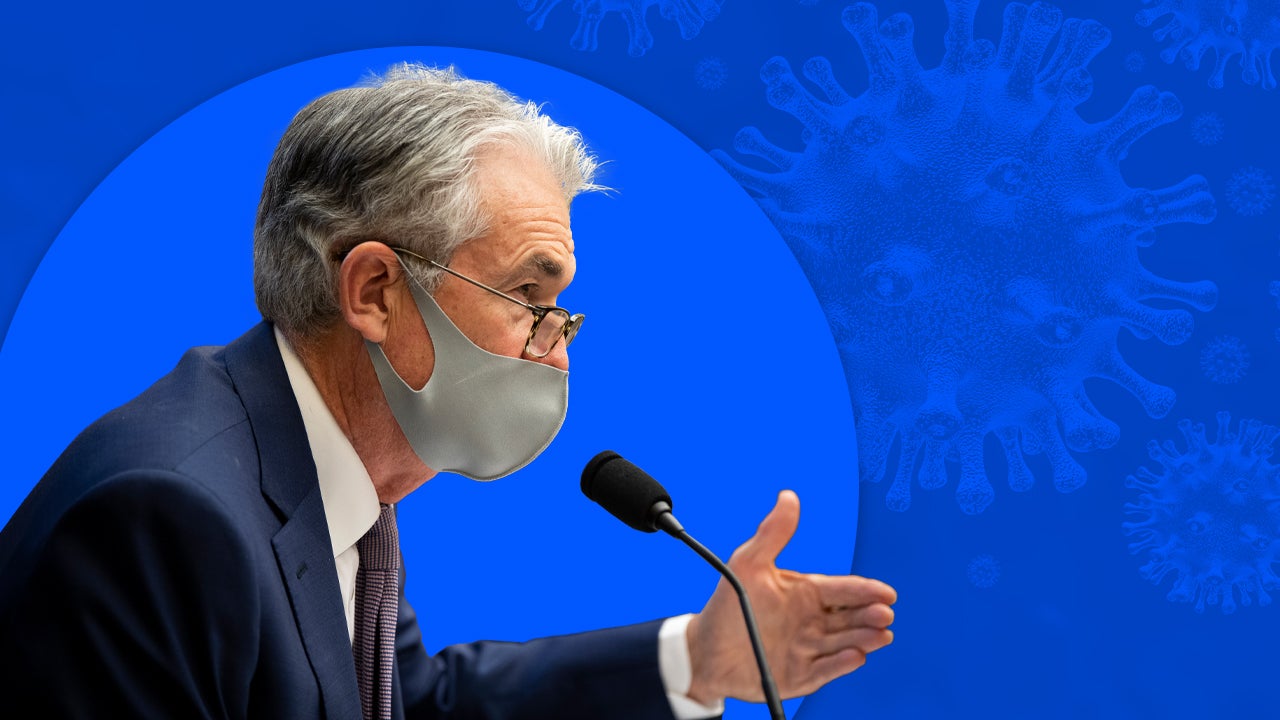
At the market close today, the 3-month T-bill had a 2.22% yield, the 6-month T-bill had a 2.78% yield and the 1-year T-bill had a 3.07% yield. While the yields of Treasury notes (durations from two to ten years) don’t offer much yield advantage over top yields of direct CDs, Treasury bills (durations of one year and under) do offer a yield advantage over short-term CDs and online savings accounts. The large rise of T-bill yields does provide a good opportunity for savers to boost their cash yield. Some economists put more weight on the 10y-3m spread than the 10y-2y spread in predicting future recessions. The 10y-3m spread (the difference between the 10-year and 3-month yield) is still positive, but it has shrunk considerably. The 10y-2y spread (the difference between the 10-year and 2-year yield) fell from zero last week to -7 bps at today’s market close. The long-duration Treasury yields had more modest gains, with the 10-year yield gaining 14 bps and the 30-year gaining 8 bps in the last week.ĭue to the shorter duration yields rising more than the longer duration yields, significant yield curve inversion has occurred. The short-duration Treasury bills had the largest gains with the 1-month, 3-month and 1-year yields all gaining at least 30 bps in the last week. Treasury yields of all durations had large gains in the last week. That could put an end to rate hikes by December and a start of rate cuts in 2023. Some are predicting the return of deflationary forces by the end of 2022. The Fed could pivot faster if we do see a large and sustained decline in inflation. Long-term CD rates are unlikely to drop fast as the Fed will only slowly transition to rate cuts as the economy slows and inflation falls. That suggests savers can be patient on CDs. To avoid that mistake, “the Fed may not be able to pivot and cut rates quickly or at all” if a recession begins later this year, said Krishna Guha, vice chairman of Evercore ISI, in a recent report. Were the Fed to ease because of growth fears before inflation has been vanquished, it would risk repeating its stop-and-go tightening of the 1970s, which economists now see as a costly policy error. This WSJ piece makes the case that the Fed will avoid a quick pivot to rate cuts:

The Fed is willing to risk a recession because it sees sustained inflation as a potentially greater menace-one that distorts decision-making and leads to more booms and busts.
#Feds next meeting series
The Fed appears serious about inflation, and all signs point to the Fed hiking rates until it sees a series of inflation readings that show inflation is heading down. Friday’s strong June jobs report should keep the Fed on track to meet this expectation. Even if the actual CPI numbers fall below consensus, the Fed is widely expected to do another 75-bp rate hike at its July 26-27 meeting. The consensus is for an increase of 1.10% (MoM) and 8.80% (YoY) in the CPI and an increase of 0.60% (MoM) and 5.70% (YoY) in the Core CPI. The major economic data for this week is the June CPI that will be released Wednesday morning. Other conditions contributing to this worry include the falling oil and gold prices and a decade low in confidence among small-business owners. That inversion of the yield curve has added to the worries that the economy is heading toward a recession. There is “a significant risk now facing the (Fed) that elevated inflation could become entrenched if the public began to question the resolve” of Fed officials to combat higher prices, the minutes said.Īs a result, the minutes said, tighter credit and “clear and effective communications” are critical to controlling inflation.Since my last Fed summary on July 5th, the 10y-2y spread (the difference between the 10-year and 2-year Treasury yields) has been negative. The Fed is seeking to convince the public that it will rise to the challenge and tame the pace of price increases, with the goal of keeping Americans’ inflation expectations in check. Workers could, for example, demand higher pay to cover their expectation of rising bills and expenses, leading companies, in turn, to raise prices further to offset their higher labor costs.

That unnerved Powell and other Fed officials, because if people expect higher inflation, that sentiment can lead to an acceleration of prices.

Powell also cited a survey of consumer sentiment conducted by the University of Michigan that said consumers’ longer-term inflation expectations were starting to rise more quickly.


 0 kommentar(er)
0 kommentar(er)
